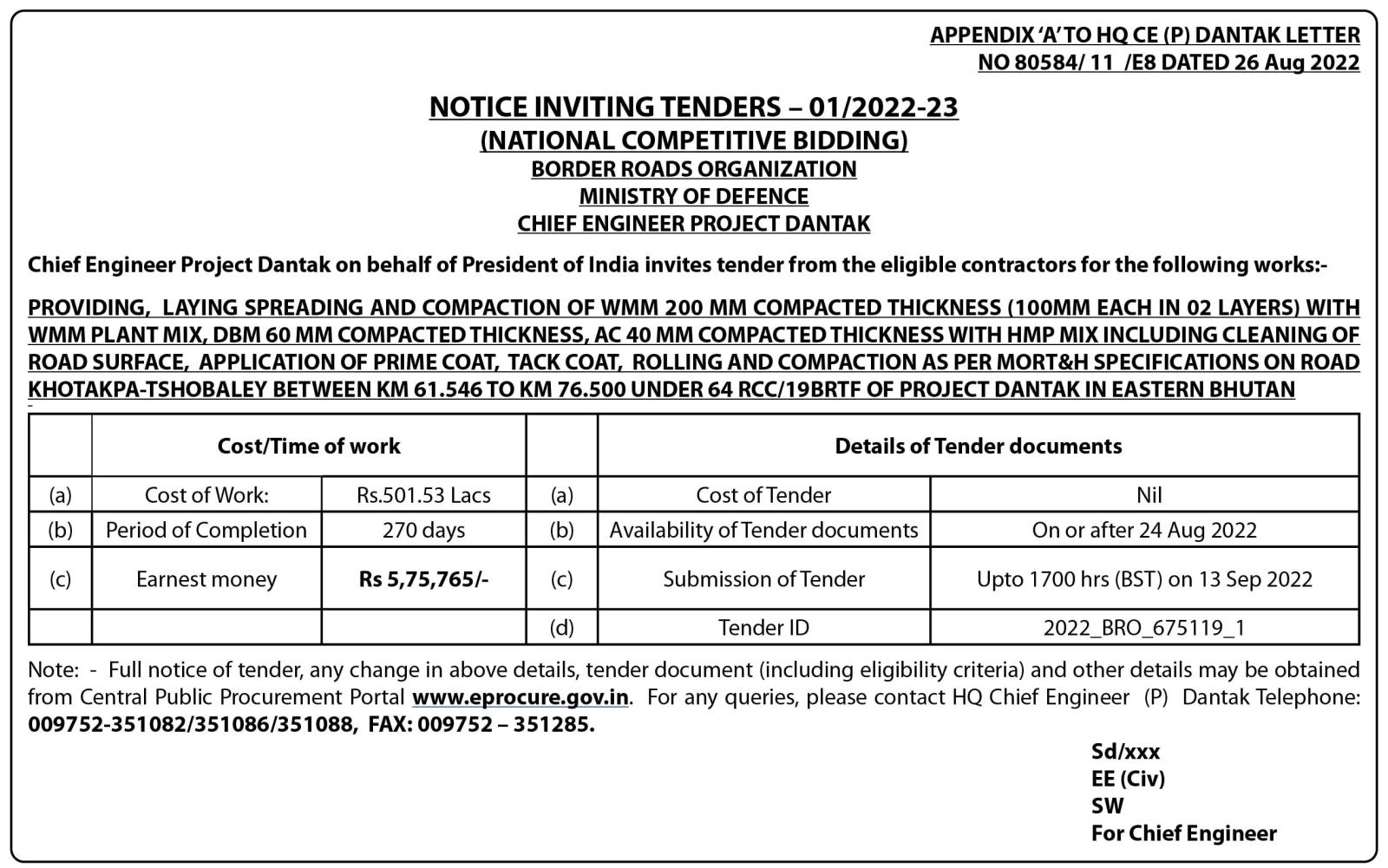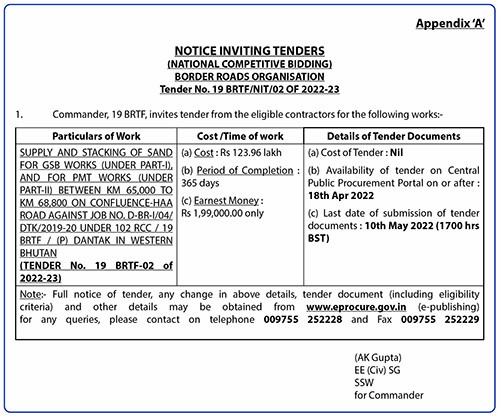An important economic development within the Indian subcontinent in recent years has been the steady depreciation of the Indian Rupee (INR) against the United States Dollar (USD). Over the past five years, the rupee has weakened by approximately 21.5%, a shift with far-reaching consequences across South Asia.
For Bhutan, whose economy is intricately tied to India’s and whose currency, the Bhutanese Ngultrum (BTN), is pegged 1:1 to the Indian Rupee, the effects of this depreciation—though often overlooked—have been significant. They extend from exchange rate dynamics to trade, inflation, and debt servicing, influencing the very structure of the Bhutanese economy.
Five years ago, one U.S. dollar was worth around INR73. Today, it trades near INR88. This 21% depreciation in the rupee’s value against the dollar has directly translated into an equivalent weakening of the Ngultrum, given the fixed peg between the two currencies.
According to a financial expert based in Thimphu, the implications of this currency movement go far beyond foreign exchange markets.
“In the context of trade—particularly imports—the weakening of the INR, and consequently the BTN, translates into higher prices for essential commodities such as fuel, construction materials, and consumer goods in Bhutan,” he explained.
He elaborated that the effects are rooted in Bhutan’s structural dependence on imports.
“It’s basic economics,” he said. “Bhutan imports the vast majority of its goods—especially fuel, machinery, and electronics—either directly from India or through India. When the rupee depreciates against the U.S. dollar, the cost of dollar-denominated imports like petroleum products and consumer goods rises. Even goods sourced from India become more expensive, as Indian importers adjust prices to offset higher dollar costs. This, in turn, leads to imported inflation in Bhutan.”
He added that the weakening rupee does not merely alter exchange rates—it reshapes Bhutan’s cost structures, trade dynamics, and inflationary pressures, underscoring the country’s deep economic interdependence with India.
India remains Bhutan’s dominant trade partner, serving as both its largest import source and export destination. Since 2014, bilateral trade has more than tripled—from USD 484 million in 2014–15 to USD 1.78 billion in 2024–25, accounting for over 80% of Bhutan’s total trade volume.
This interdependence means that fluctuations in the Indian rupee inevitably reverberate through Bhutan’s economy. The expert noted that the depreciation’s effects are particularly visible in Bhutan’s current account.
“Bhutan’s export structure is heavily concentrated in hydropower, which is sold almost entirely to India and denominated in Indian Rupees. Consequently, when the rupee weakens against the U.S. dollar, the dollar value of Bhutan’s exports declines, but the real domestic impact remains limited, since export revenues are largely rupee-based,” he said.
However, the picture changes when dealing with imports from third countries. For goods sourced outside India, Bhutan must pay in hard currencies such as the U.S. dollar. As the rupee—and by extension the Ngultrum—loses value, the cost of these imports rises, increasing Bhutan’s import bill and putting pressure on the current account deficit, which reflects the gap between the country’s foreign exchange earnings and expenditures.
“While Bhutan’s close economic linkage with India cushions it from some of the immediate effects of currency fluctuations, its exposure to global trade and dollar-denominated transactions means that a weaker rupee still amplifies external vulnerabilities and strains the balance of payments,” he said.
The ripple effects of currency depreciation are also evident in debt servicing, a growing area of concern for Bhutan’s fiscal stability. A significant share of Bhutan’s external debt—especially multilateral and bilateral loans—is denominated in U.S. dollars or other hard currencies.
As the INR and, by extension, the BTN weaken against the dollar, the Ngultrum cost of servicing these foreign loans rises.
“In practical terms, Bhutan must now allocate more domestic resources to meet the same dollar-denominated repayment obligations,” the expert explained. “Over time, this adds to the country’s external debt burden, widens fiscal deficits, and constrains the government’s ability to invest in development priorities.”
This dynamic underscores how exchange rate shifts can tighten Bhutan’s macroeconomic space, reinforcing the need for prudent debt management and effective foreign exchange planning to safeguard long-term fiscal stability.
However, not all effects of depreciation are negative. For Bhutanese working abroad and sending money home in hard currencies such as the U.S. dollar, the weaker Ngultrum increases the local value of remittances. This provides some relief to households receiving foreign income and slightly boosts domestic purchasing power.
In January and February 2025, Bhutan received a total of USD 36.9 million in remittances, compared to USD 28.3 million during the same period in 2024. This was a growth of 30.4 percent in the first two months of the year.
The Indian rupee’s steady depreciation against the dollar over the past five years may seem like a domestic Indian concern, but its economic ripples extend deep into Bhutan. From higher import costs and inflationary pressures to rising debt servicing burdens and current account imbalances, the impact underscores Bhutan’s structural dependence on India’s economic trajectory.
“For policymakers in Thimphu, this serves as a reminder that Bhutan’s long-term economic resilience will depend not only on its ties with India but also on diversifying trade, strengthening foreign reserves, and managing external exposure in an increasingly volatile global currency environment,” the Expert said.
Tashi Namgyel
FromThimphu















